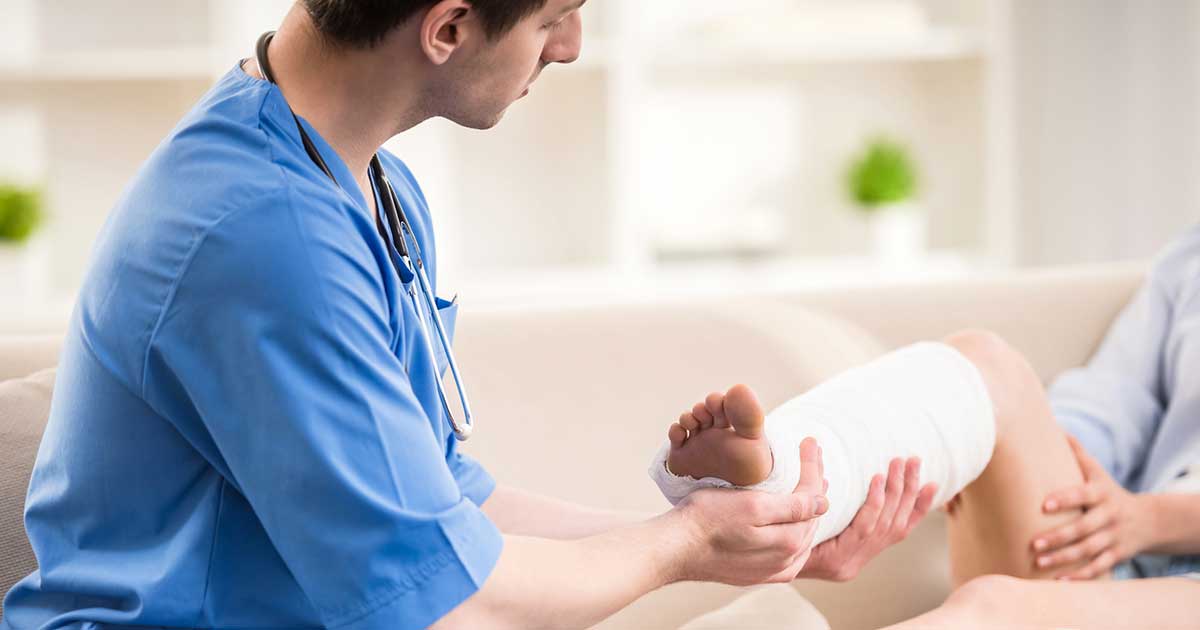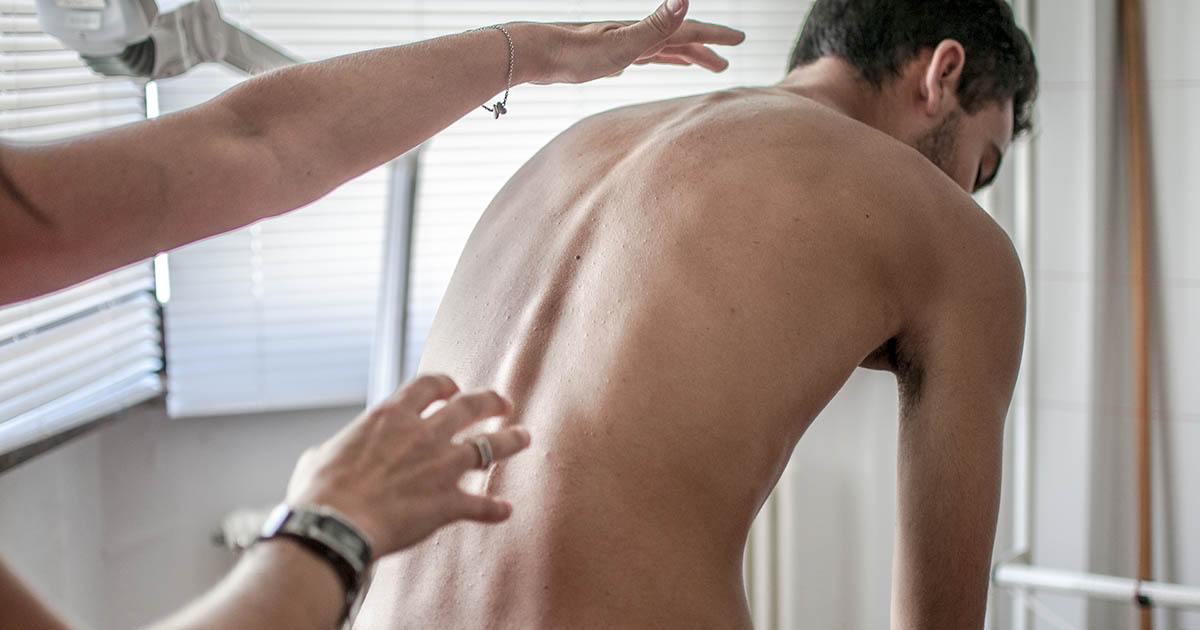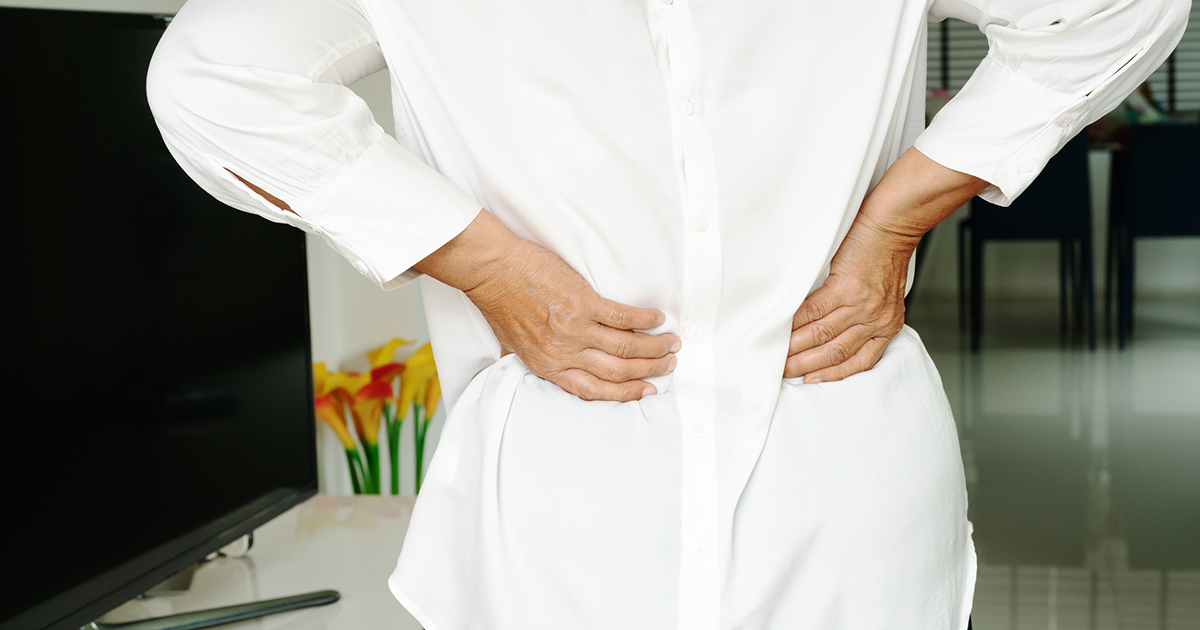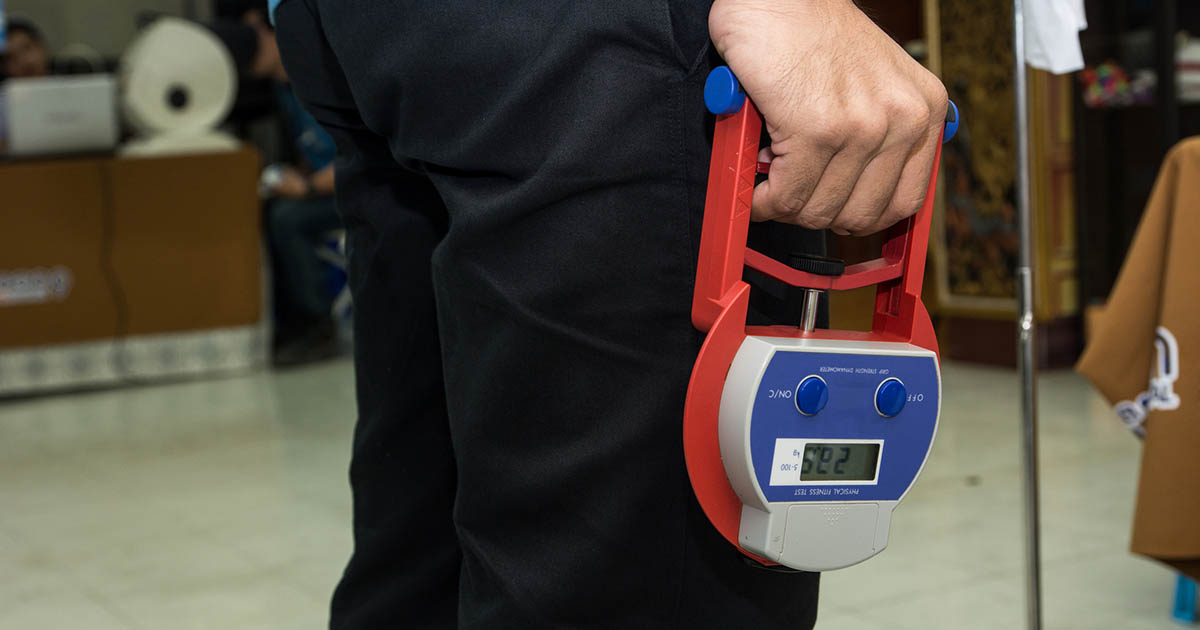Signs And Symptoms Of Osteoporosis
Osteoporosis is a medical condition that results from the gradual weakening of bones to the point of bone loss. Our bones can become brittle and fragile when bone density decreases, which happens when bones start breaking down faster than the body can rebuild them. Bones are porous like a sponge, and osteoporosis causes these spaces to get bigger. The decrease in density weakens the bone inside and out. Osteoporosis increases the risk of fractures from hard blows or falls. Factors that cause osteoporosis include age, menopause, and medical conditions. Most patients are asymptomatic, but receding gums or brittle nails may be early signs of the disease. Learn more signs and symptoms now.
Easier Bone Fractures

The risk of fracturing certain bones increases significantly as we age, especially for patients with osteoporosis. Many individuals are not aware of the condition until they break or fracture a bone. The bones most commonly affected by osteoporosis are the hips, ribs, spinal vertebrae, and bones in the forearm. The majority of hip and spine fractures are suffered by individuals aged seventy and older. Some elderly individuals have chronic conditions or mobility issues such as difficulty walking or getting out of bed. Osteoporosis increases the risk of easier bone fractures under these circumstances.
Severe cases of osteoporosis can result in fractures from simple actions like bumping into things or sneezing. Breaks and fractures are typically more serious among the elderly, especially in the spine and hips. They are usually very painful, take longer to heal, and can cause permanent damage or disability. Recovery time spent in bed can lead to other problems like the development of blood clots or pneumonia.
Discover the next symptom of osteoporosis now.
Loss Of Height

Losing height as you age is normal, but several factors can accelerate the process. One of the first signs of osteoporosis is a slight loss of height due to how it affects the spine. Tiny fractures in the spinal vertebrae occur naturally over time and cause compression. These fractures are usually painless and undetected, but they can cause excessive bone loss and loss of inches in height. Poor posture is another condition that can affect height because of weakening muscles around the spine. This loss of muscle may eventually lead to loss of bone and height.
In addition, shrinkage occurs naturally in the discs between vertebrae as a result of aging. Studies of bone density scans of elderly women have demonstrated a link between height loss and the risk of osteoporosis in the hip. The research showed a two to three-inch height loss quadrupled the risk of osteoporosis of the hip. The risk was almost ten times greater in women with a loss of more than three inches. The average person loses about a half inch every ten years after age forty.
Get to know the next symptom of osteoporosis now.
Stooped Posture

Some factors that contribute to a stooped posture are a greater than average height loss and vertebral fractures. These factors can also be indications of osteoporosis. This condition can have a negative impact on posture because of its effects on the spine. Fractures of the spine can lead to a bent posture and curvature of the spine. The naturally occurring, gradual compression of the vertebrae may also affect our posture if we are negligent of good postural alignment. The development of a stooped over posture may cause bone loss and increase the risk of osteoporosis. Conversely, patients who have experienced a spinal fracture as a result of osteoporosis will be at greater risk for developing a stooped posture.
Learn more of the symptoms of osteoporosis now.
Back Pain

Many patients who have osteoporosis suffer from some degree of pain in their back on a regular basis. Those who experienced collapsed vertebrae or bone deterioration often suffer from severe pain. Back pain can result from compression fractures of the spine caused by osteoporosis. These types of fractures may cause debilitating pain because the damaged area can pinch the nerves in and around the spinal cord. Symptoms include difficulty twisting or bending your body or sudden back pain that worsens when walking or standing. Other conditions and activities that can trigger pain include cold or damp weather, heavy manual work, or too much lifting and bending. Individuals who have osteoporosis have different triggers and feel pain at different times and under different circumstances.
Continue to learn about more signs of osteoporosis now.
Weaker Grip

A weaker grip is one of the earliest signs of osteoporosis for those patients who experience symptoms. Handgrip strength was found to be the most significant physical factor of testing during research studies of postmenopausal women and bone density. It's important to maintain grip strength because it helps to prevent falls that can lead to breaks and fractures. Decreased grip strength increases your risk for falls.
Patients diagnosed with osteoporosis can improve their grip and muscle strength by performing specific exercises to strengthen the bones and reduce the risk of falls. A stronger grip in addition to good balance and muscle strength are essential for overall health and to help combat the effects of osteoporosis.